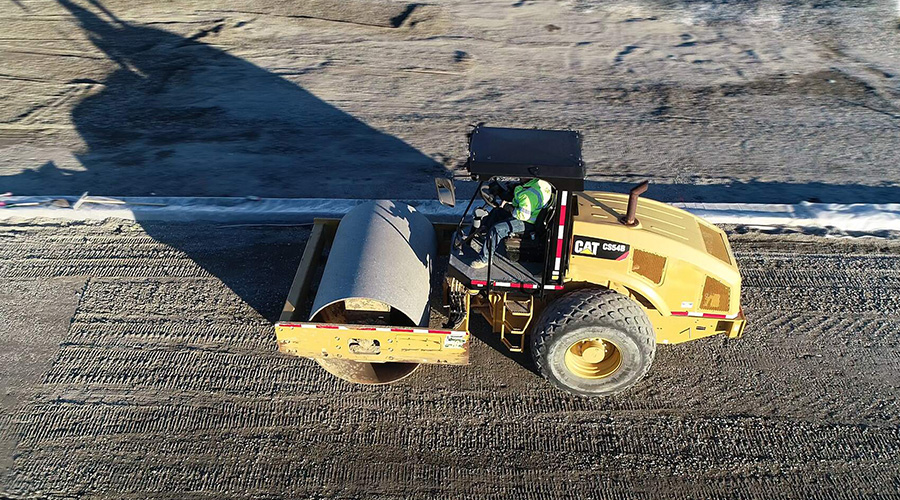University Recycles Wood Waste Into Mulch
ISU’s grounds management team, partnering with the Town of Normal, has established a recycling program that has turned solid wood waste into a usable product, saving the university money and solving a problem for the town.
“On campus, we generate a large amount of solid wood waste,” O’Grady says. “Wood items include the expected brush from trees and shrubs, but also desks, tables and chairs, as well as a large amount of dimensional lumber, doors, and cabinets. Prior to this cooperative recycling program, we loaded this wood into our compactor and hauled it to the local landfill.”
At the same time the department was hauling away wood, it also was purchasing hardwood mulch to top-dress 27 acres of shrub beds and to ring trees at an annual cost of $16,000.
The town picks up yard waste from residents’ homes weekly and grinds this material into wood chips, which it offers back to the residents to use in their yards. The town had no problem getting rid of the mulch during the growing season. But in winter, the process generated a great deal of yard waste, even though there was very little demand from residents. The town had a storage space problem.
The town and the ISU grounds department got together to successfully resolve these wood management issues.
ISU provided space at its nursery for the town to stockpile the mulch whenever space problems arose. In return, the town allowed the university to haul all of its wood products to their grinding facility and agreed to grind it into mulch.
New special grinding blades also produce a much finer, better-quality product for the university’s use. Now, discarded desks, chairs, and doors are protecting trees from lawn mowers, reducing weed growth, retaining soil moisture, and providing nutrients for campus trees and shrubs.
The cooperative program generates an estimated and annual savings of $75,000, O’Grady says.
Related Topics:















